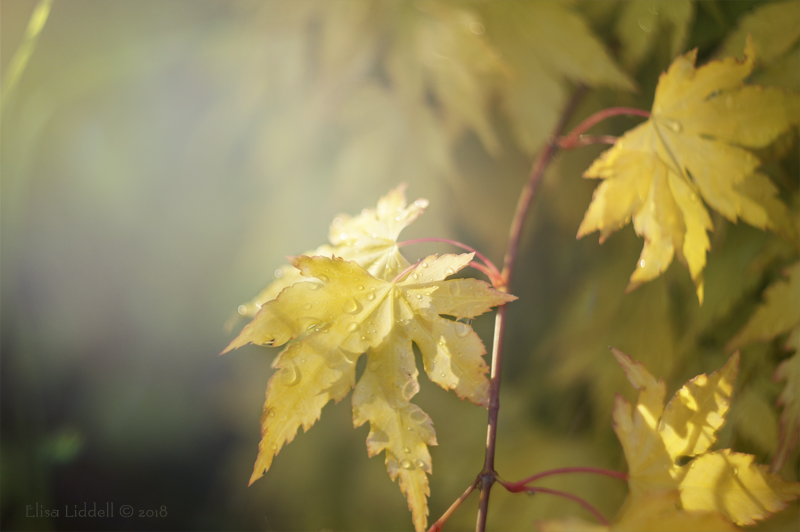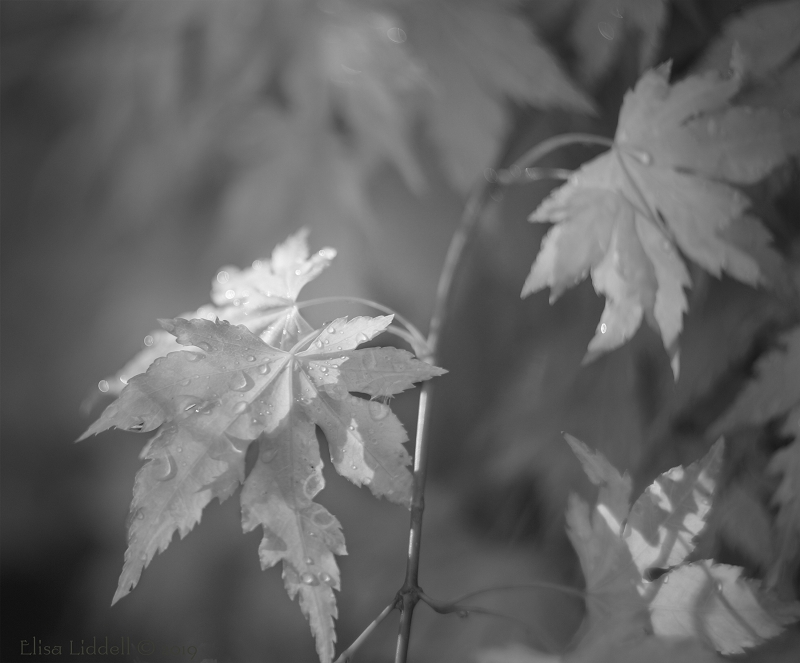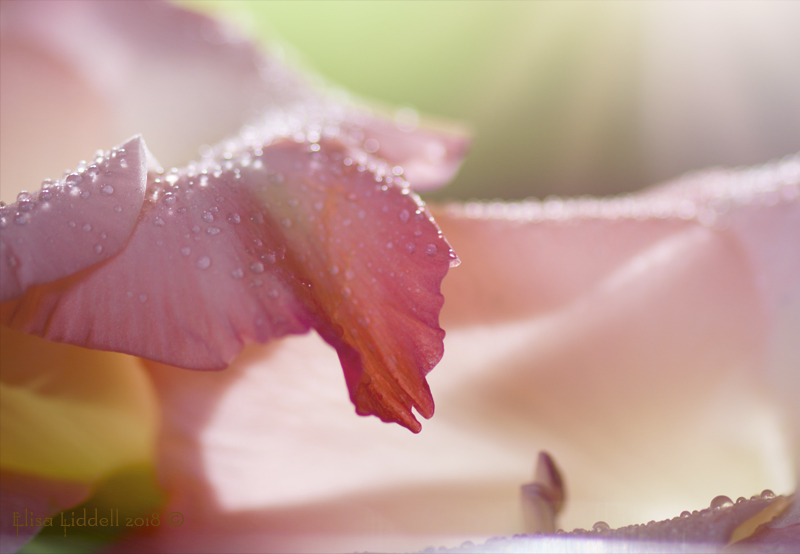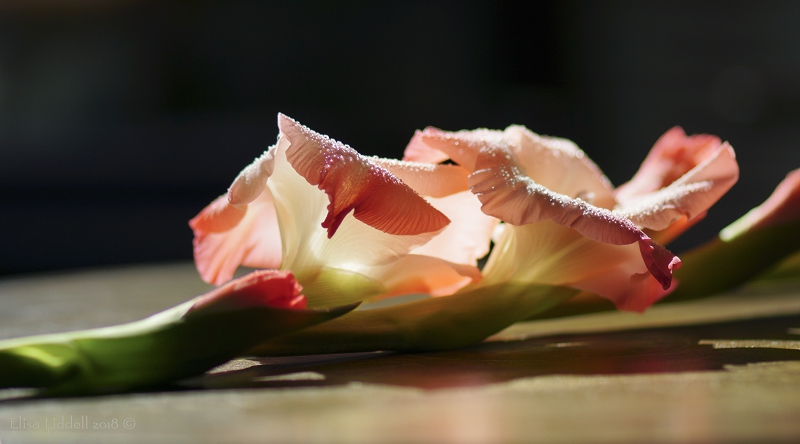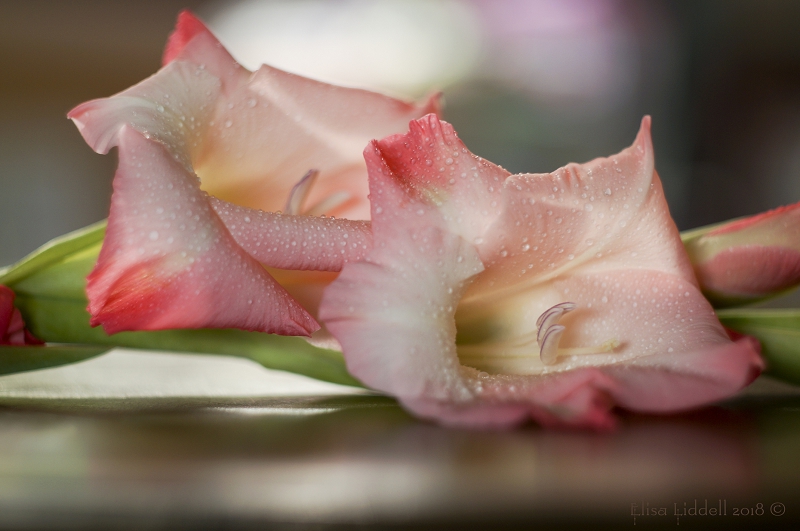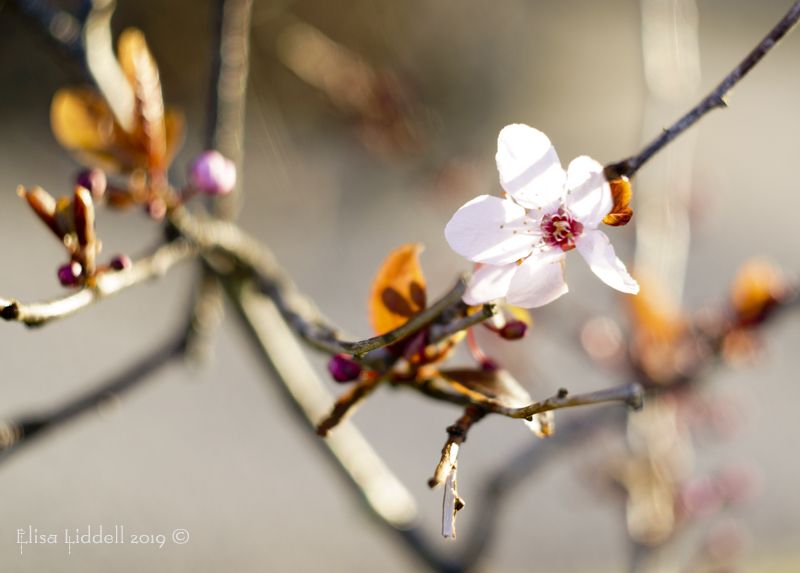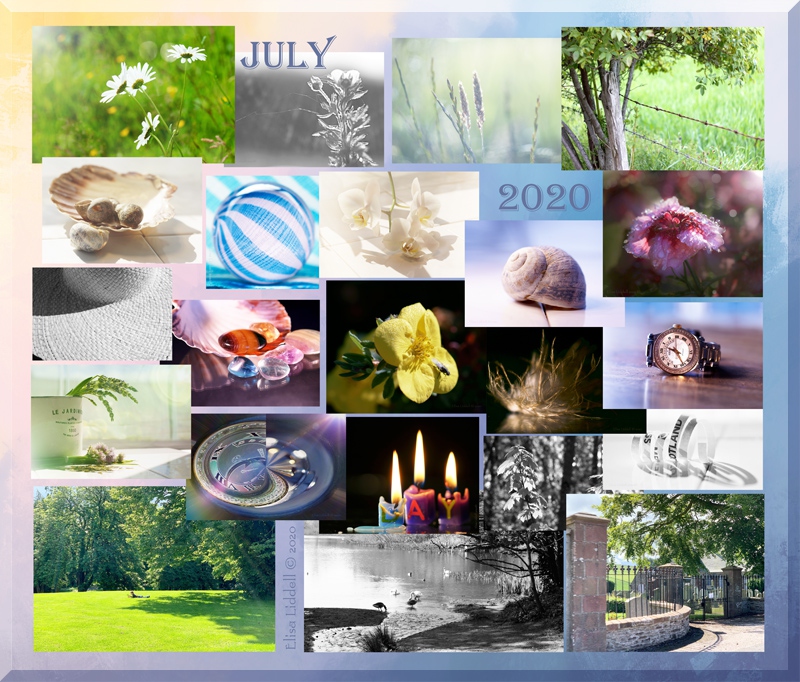
And so we moved into July, with summer, and all that usually implies. But it is month 5 of lock-down, and we were still rewriting what we mean by ‘normal life’.
I had been driving regularly since May, re-learning (or remembering) the skills, and gradually building up the muscles and the stamina that I need to drive. From a few miles from the the village I built up the distance I could comfortably drive.
So, on July 1st I made my first trip to Inverurie and back, to take glass to the recycling point at Morrison’s supermarket. That’s a round trip of over 30 miles – so I was well pleased!
Throughout July I drove through rain, low cloud, poor visibility and a growing level of general traffic. It took a toll on my energy (which is always limited by PVS/ME) and that meant there was little left on many days. I drove early in the morning, to minimise the heavy traffic and farm vehicles on the roads, and often needed a cat-nap mid morning.
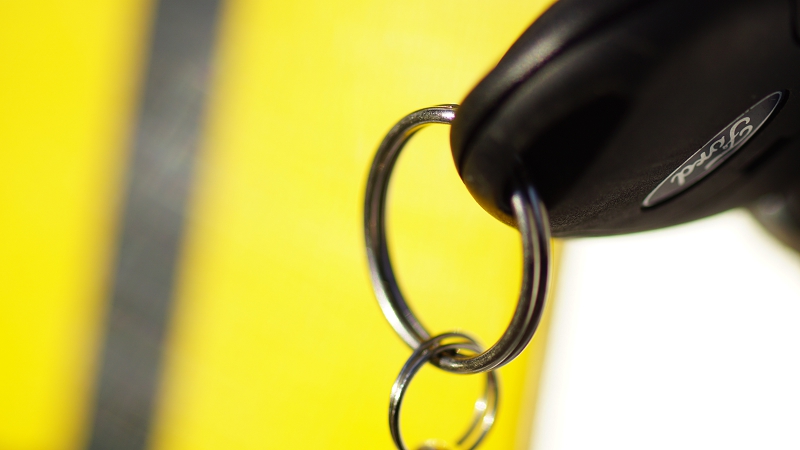
But it was (and still is) essential that I can drive again. Other options such as taxis and lifts from neighbours are no longer possible in Covid times, and public transport has always been virtually non-existent in rural Aberdeenshire. So, with the increased vulnerablity to life-threatening infection that we both face, I can’t afford not to be practiced, skilled, confident and proficient once more! Although my little Fiesta is 12 years old now, it is the key to my freedom, and ability to function in times of need.
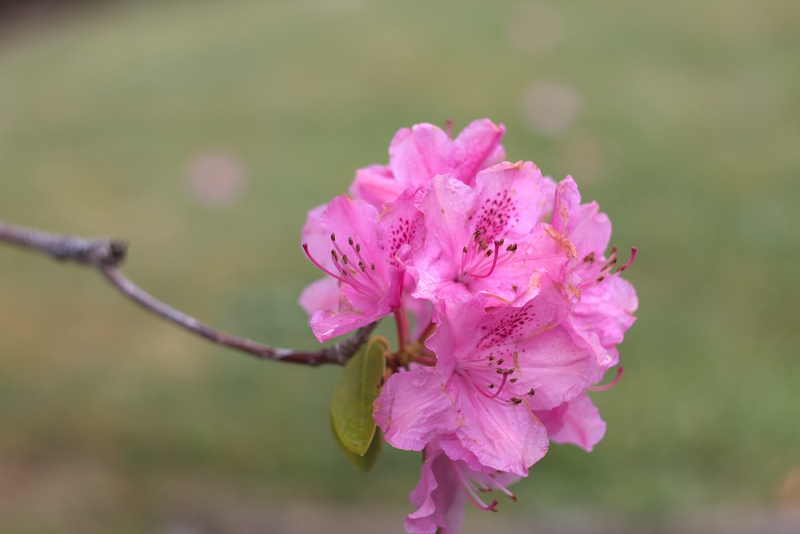
At home the summer was blooming with the the garden full of flowers. I always shoot the rhododendrons as they bloom in sequence, the white first, then the red, and finally the one small bush of pink. My attention was still focussed on the Canon 70D and the problems of shooting in Manual Mode with only an Optical Viewfinder. I decided to concentrate on the garden and immediate surroundings, as I could keep going indoors to read the LCD screen and try to find the right balance of settings to stop over-exposing or under-exposing my shots. It made for slow and frustrating sessions with a large failure rate! I knew I had to master the Manual Mode for the in-camera multiple exposures I wanted to achieve, so I continued to use the old Russian Helios 44-2 lens. After all it was one the lenses I wanted to use (along with the Lensbaby) so I might as well stay with it!
The shot above was taken close to the house, using the Helios lens, and I think it was the 4th attempt at getting the exposure right!
The most wonderful aspect of July was that finally National Trust Scotland opened up their gardens again! After months struggling to find anywhere to walk, we could return to Fyvie Castle grounds! A real breath of fresh air, bringing a sense of optimism and freedom.
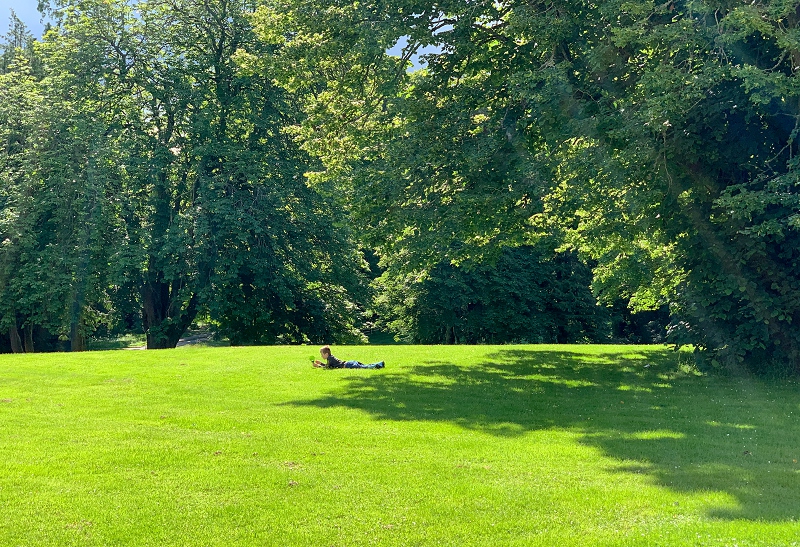
Here, shot with my iPhone, a boy lying contentedly on the lawn in the sunshine! It seemed to sum up our feelings of relief and delight! The grounds were sadly neglected, and it will take years to repair the damage the lock-down inflicted. But these lawns close to the castle had been mowed, and it was a joy to see them and walk our familiar routes round the small loch!
Later in the month we drove up the coast to Cullen.
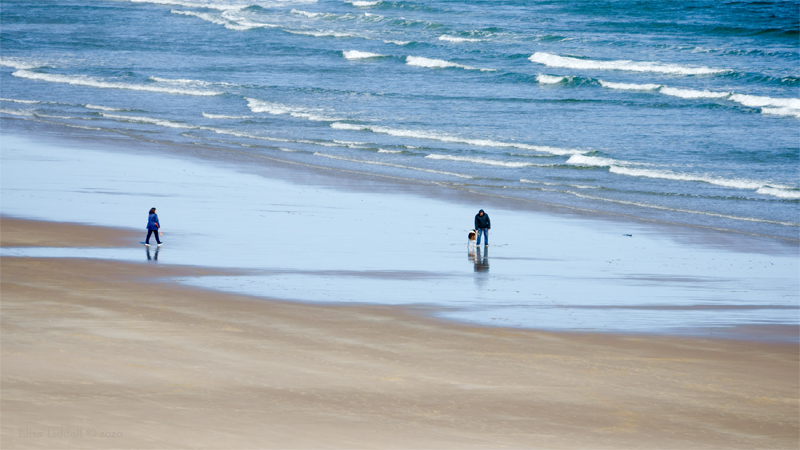
And climbed up the cliffs above Cullen bay to see way across towards the Moray Firth. Just visible in the distance is a blue shape on the horizon – the far hills across the Firth!
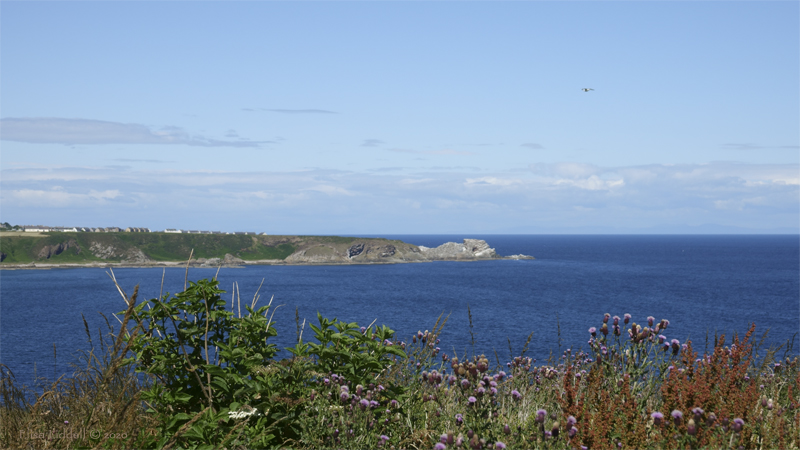
It was this we had been pining for! We never meet many people on our rambles with our cameras. So with open air and so few possibilities for encountering the virus, we felt that it had been misguided to deprive us of exercise and a sense of well-being! The months of absence and deprivation had impressed on us how essential these outings are to us. We were both quite exhausted after each visit. How quickly our muscles weakened even when we had had our own garden to walk in. What must it have been like for those trapped in small flats in tenements or high rise blocks!
July gave us back some joy and delight, and through the joy came some hope.
And a final look back on July must include the onward progress towards my watercolour painting goals! I had started by copying Cezanne watercolours. I found about his customary palette of just 6 colours, and the few brushes he used. I was making progress! But now I wanted to expand the colours I used, to paint trees closer to Scotland’s palette rather than southern France! So I took out all the paints (tubes and pans) that I had acquired years ago. And I found I needed to re-learn everything … the names on the pans had faded. And I couldn’t remember the properties of the colours – were they translucent? opaque? staining?
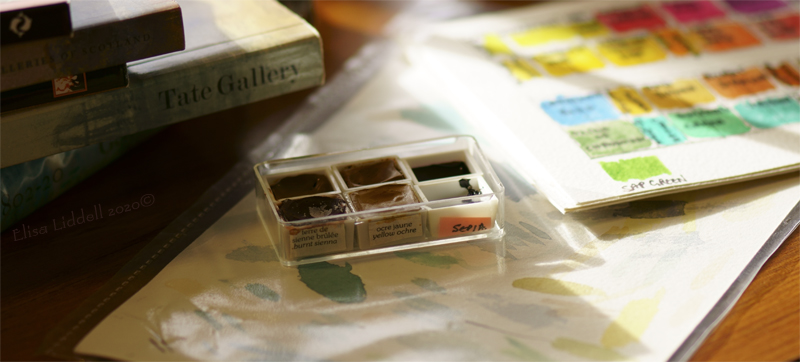
So I had to spend time online researching, and I discovered that the range of watercolour tints and types had changed and developed massively! So I began to familiarise myself with the colours I had, and added a few more too. It was a re-learning experience in itself …. and there was more to come in August too ….
On to August ……
Back to Journal Page
Back to Notebooks cover
Flickr holds Elisa’s online Photo Gallery
© 2020 Elisa Liddell


